
Matt Davies
Despite a lack of political will in some countries, the move to renewable green energy is inevitable. – In a study by Stanford University researchers predict the world could be powered entirely by renewable energy within just 30 years. But are these promising sources of renewable energy produce vegan electricity?
What is Green Energy?
Green energy is the production of electricity or gas through renewable sources, in place of traditional fossil fuels.
Green energy is produced by harnessing power from solar, wind, wave and tidal sources, which are naturally replenished on a human timescale. Based on REN21’s 2017 report, renewables contributed 19.3% to global energy consumption. This consumption was attributed to 8.9% biomass, 4.2% geothermal and solar heat, 3.9% hydro-electricity and 2.2% electricity from wind, solar, geothermal, and biomass.
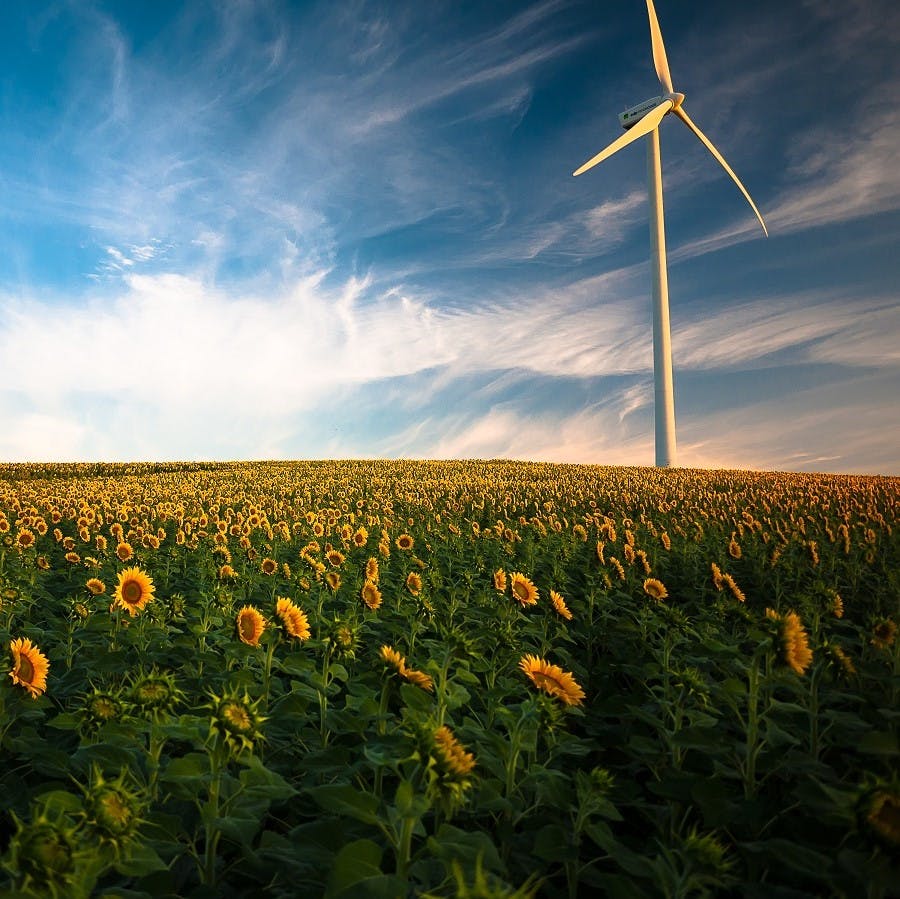

Take action now
Do you want to have a direct impact on climate change? Sir David Attenborough said the best thing we can do is to rewild the planet. So we run reforestation and rewilding programs across the globe to restore wild ecosystems and capture carbon.
Get involvedEnsuring it's 100% Green
Millions of consumers have already made the switch to green energy tariffs. Or so they think.
In many cases, these tariffs are misleading and consumers are actually supporting fossil fuels or nuclear plants which are hidden behind a green facade.
100% green, means all the electricity you buy is ‘matched’ by purchases of renewable energy such as wind farms and hydroelectric power stations. The UK’s national energy market regulator Ofgem issues REGO (Renewable Energy Guarantee of Origin) certificates per megawatt hour (MWh) of renewable electricity. The same goes for GoOs (Guarantees of Origin) issued by the Association of Issuing Bodies across Europe.
If checking a company's accreditation takes too long, as a rule of thumb, choose renewable energy providers that make their fuel mix available for you to see. Examples of such companies are Solarplicity and Ecotricity.*
*we are not affiliated with either company!
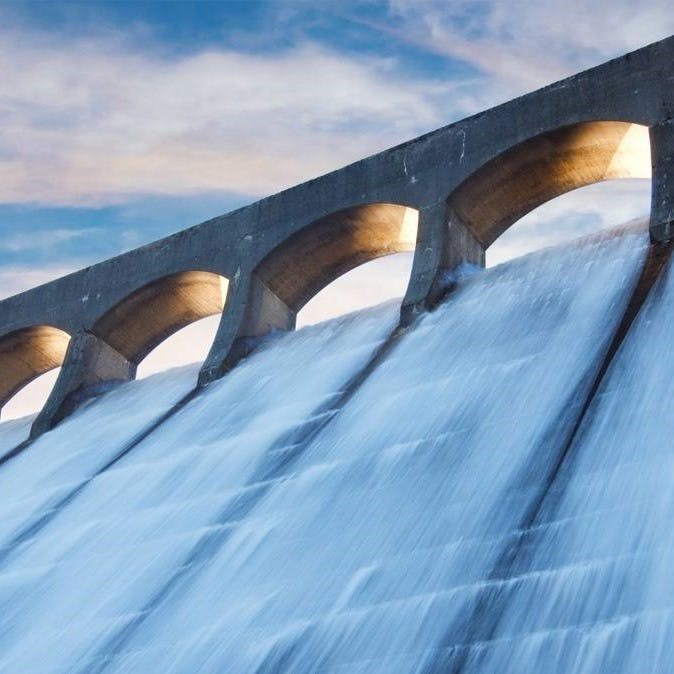
Vegan Electricity
So, you’ve sourced a 100% green energy supplier, but is it vegan? – Vegan energy is the production of electricity or gas that doesn’t involve the use of animals or animal by-products.
When the use by-products is monetized (as is usually the case) it contributes to the commercial value of the animal production hence you will be generating demand for further emissions through animal farming.
There are two main sources of non-vegan energy generation: anaerobic digestion (AD), and biomass. Both AD and biomass energy production can contain factory-farmed livestock, slaughterhouse waste, fish parts, and animal slurry. While energy providers are required by Ofgem to declare the fuel mix of the energy they supply, there’s no obligation to declare whether animals are used in its production. Four of the Big Six energy suppliers in the UK have animal by-products in their supply chains.
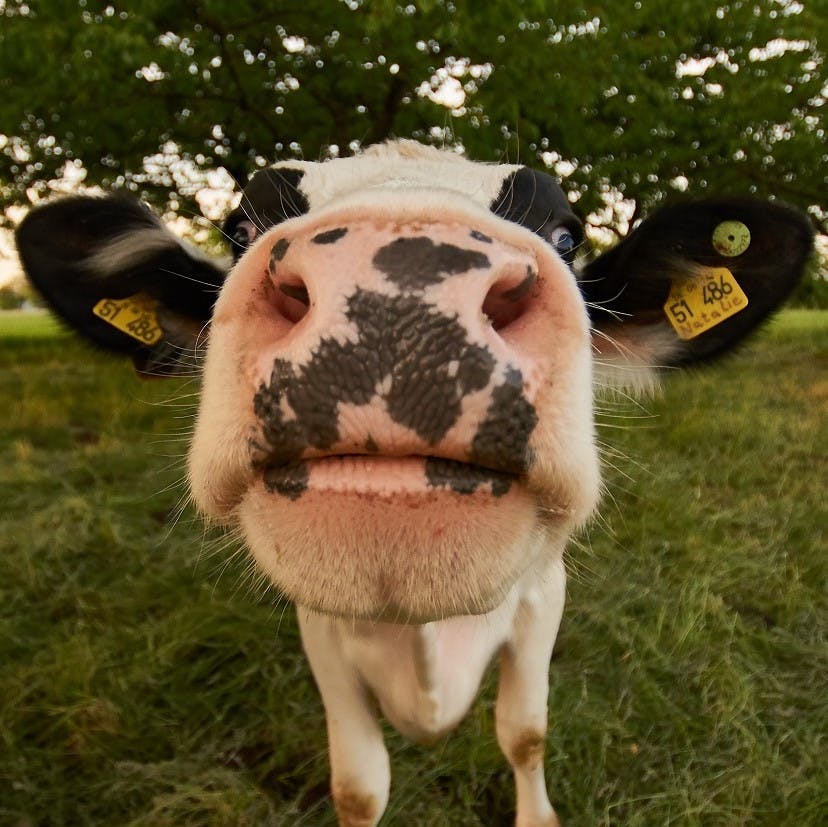
Ecotricity: Our Vegan Electricity Recommendation
For just £5 extra per month on your monthly bill, it doesn’t cost much to start changing the world.
Ecotricity provides 100% renewable, animal free electricity. What’s more they’ll plant 5 trees on your behalf when you sign up through an initiative that’s already planted over 400,000 trees to date. They also have ambitious plans to start generating their own vegan green gas from grass.
Watch this space!
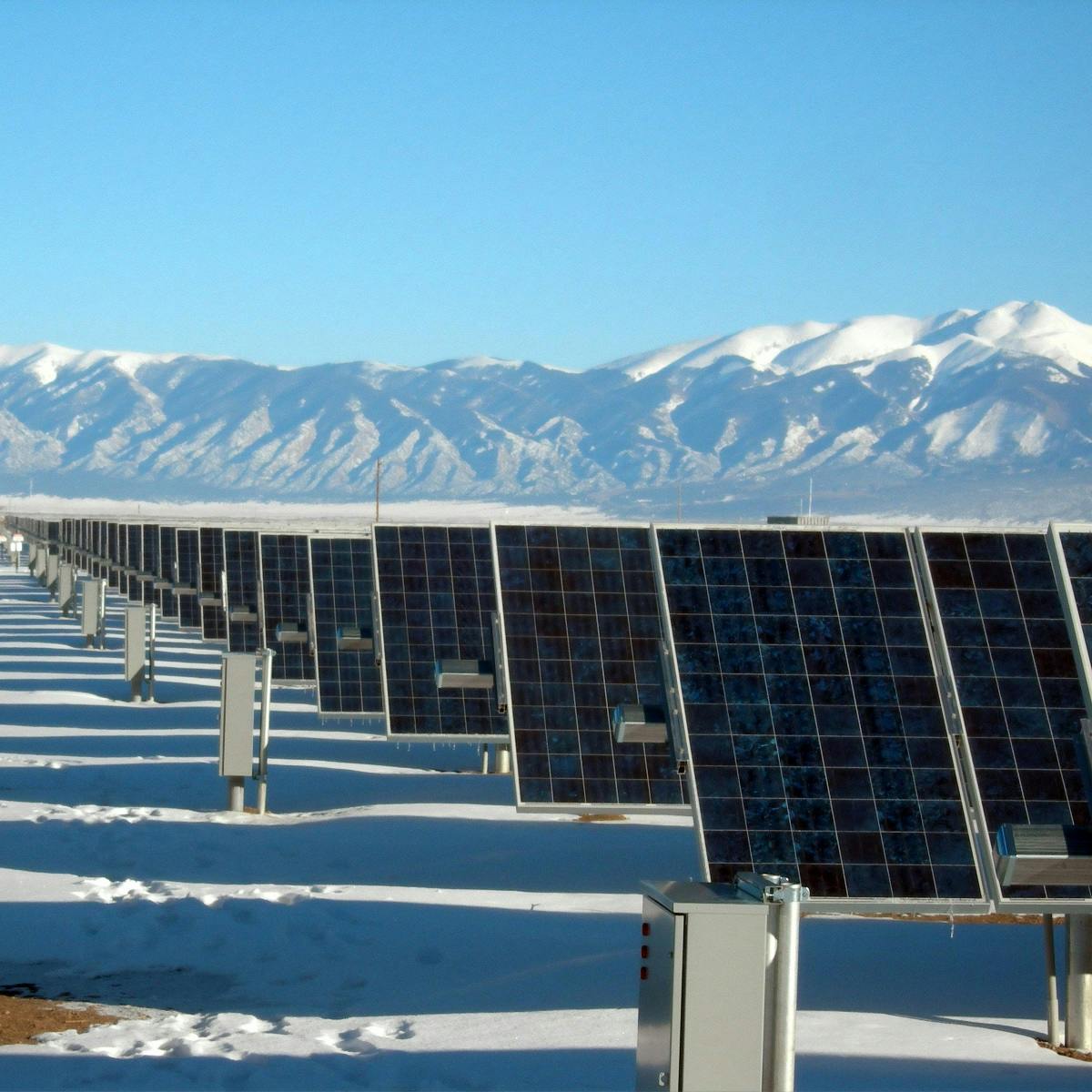
The Future of Renewables: The Trail Blazers
Almost 50 countries that would be adversely affected by climate change have agreed to make their energy production 100% renewable by the year 2050. Iceland, which obtains 100% of its energy from renewables, is closely trailed by Sweden, Norway, Costa Rica, Nicaragua, Scotland, and Germany.
At a local level, as more people sign up to renewable schemes, it will drive up investment in these technologies and subsequently drive down renewable energy prices. In 2019, there was a huge surge in demand for 100% renewable electricity contracts due to the "Greta Effect" It’s a feedback and you can be the catalyst of change. In fact, over the next few years it’s likely you’ll become part of a revolution as consumers defect from the grid, using solar, wind power and electric vehicles in combination with efficient low-cost domestic batteries.
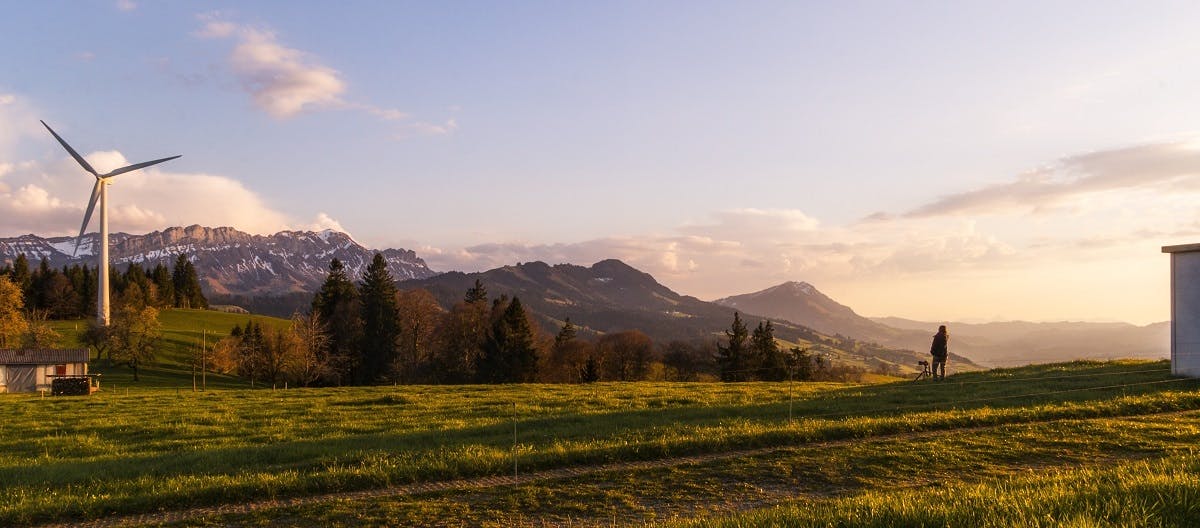
Sources & further reading

- “Providing all global energy with wind, water, and solar power, Part I: Technologies, energy resources, quantities and areas of infrastructure, and materials” - Energy Policy Journal
- “Providing all global energy with wind, water, and solar power, Part II: Reliability, system and transmission costs, and policies” - Energy Policy Journal